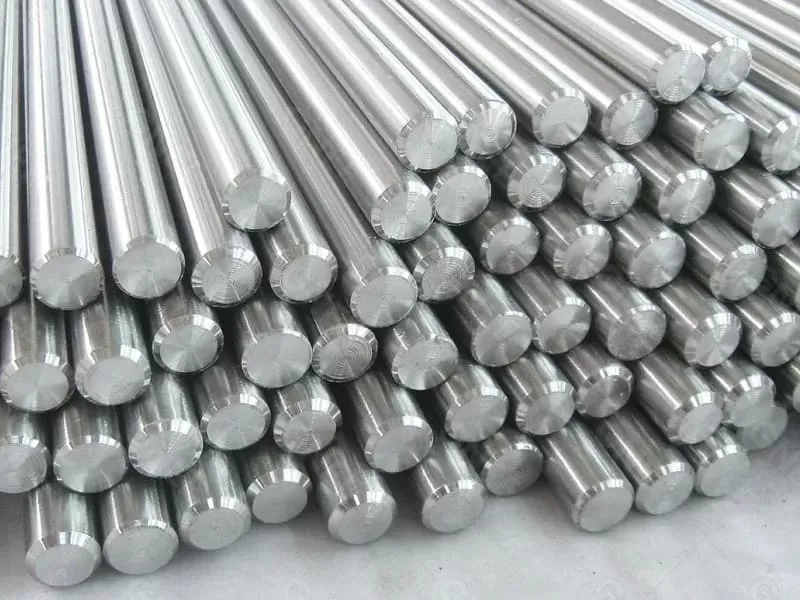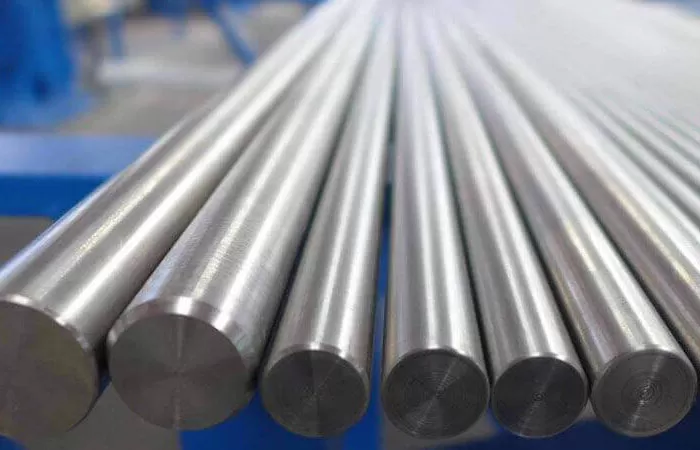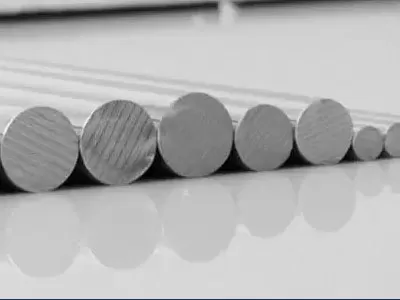
When selecting materials for high-performance applications, Alloy 925 and Alloy 718 are two commonly considered nickel-based alloys. While both offer excellent strength, corrosion resistance, and durability, they are designed for different applications and have distinct chemical compositions, mechanical properties, and uses. This article explores the key differences between these two alloys.
| Element | Alloy 925 (Incoloy 925) | Alloy 718 (Inconel 718) |
|---|---|---|
| Nickel (Ni) | 42-46% | 50-55% |
| Iron (Fe) | Balance | Balance |
| Chromium (Cr) | 19.5-23.5% | 17-21% |
| Molybdenum (Mo) | 2.5-3.5% | 2.8-3.3% |
| Copper (Cu) | 1.5-3.0% | - |
| Titanium (Ti) | 1.9-2.4% | 0.65-1.15% |
| Aluminum (Al) | 0.1-0.5% | 0.2-0.8% |
| Niobium (Nb) | - | 4.75-5.5% |
| Property | Alloy 925 | Alloy 718 |
|---|---|---|
| Yield Strength | ≥1034 MPa (150 ksi) | 1034-1241 MPa (150-180 ksi) |
| Tensile Strength | ≥1276 MPa (185 ksi) | 1241-1480 MPa (180-215 ksi) |
| Hardness | Rockwell C30-40 | Rockwell C35-45 |
| Creep Resistance | Moderate | Excellent (up to 700°C) |
| Factor | Alloy 925 | Alloy 718 |
|---|---|---|
| Sulfide Stress Cracking Resistance | Excellent | Moderate |
| Chloride Pitting Resistance | High | Moderate |
| Oxidation Resistance | Moderate | Excellent (High Temperatures) |
| Industry | Alloy 925 | Alloy 718 |
|---|---|---|
| Oil & Gas | ✓ (tubing, valves, downhole equipment) | ✗ |
| Marine | ✓ (seawater-resistant components) | ✗ |
| Chemical Processing | ✓ | ✗ |
| Aerospace | ✗ | ✓ (jet engines, turbine blades) |
| Nuclear Reactors | ✗ | ✓ |
| High-Temperature Fasteners & Springs | ✗ | ✓ |
Alloy 925 and Alloy 718 are both nickel-based alloys with distinct strengths:
Understanding their differences helps in selecting the right material for specific industrial needs.

2025-11-19 14:09:22

2025-11-07 17:27:49

2025-11-05 15:44:44

25th floor, C3 Building, Wanda Plaza, Kaifu District, Changsha, Hunan Province, China